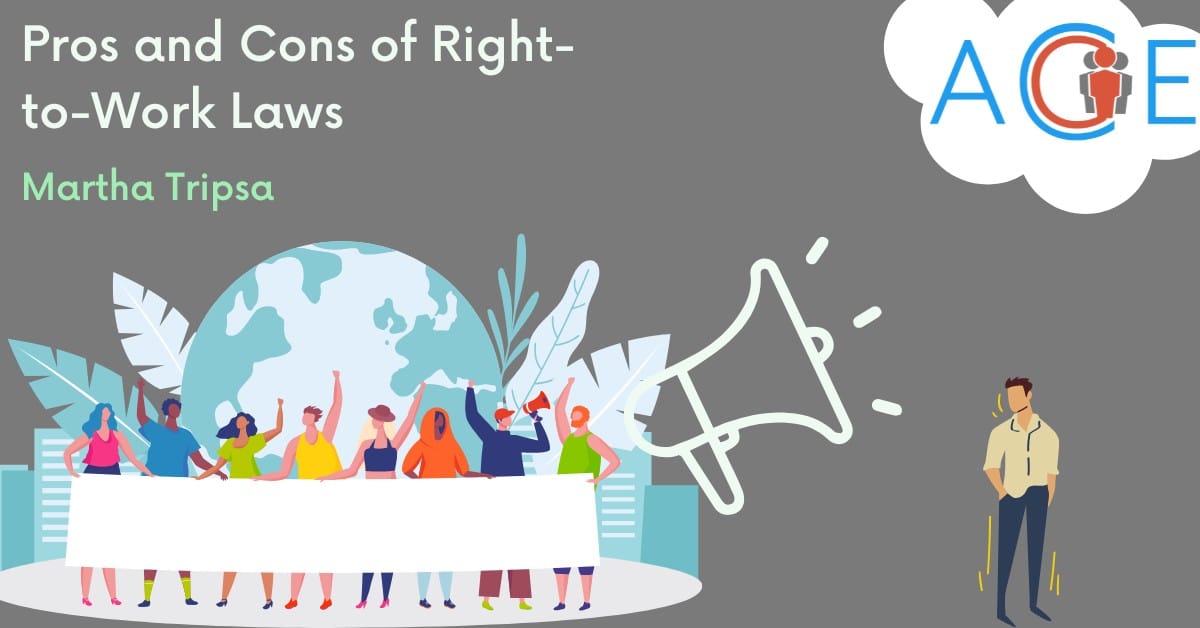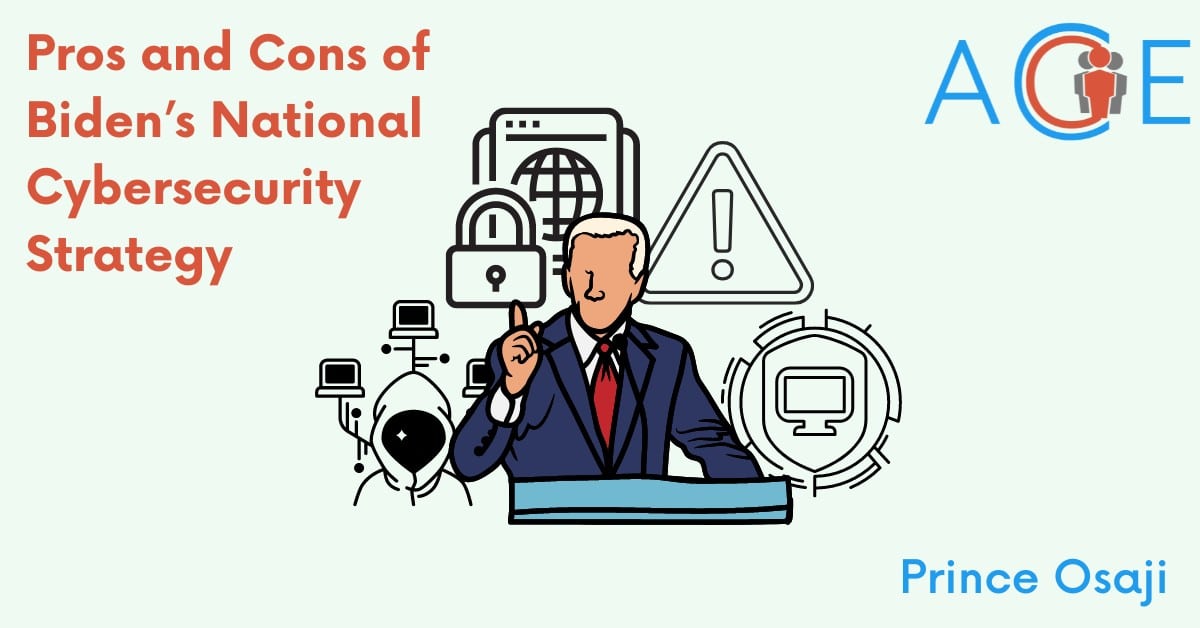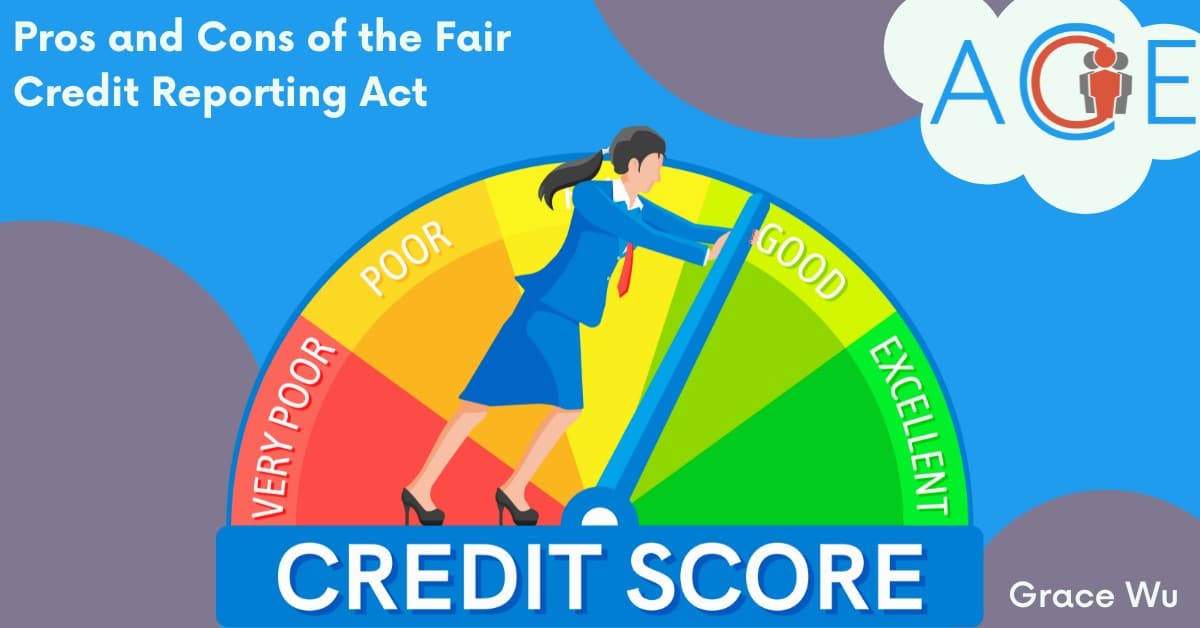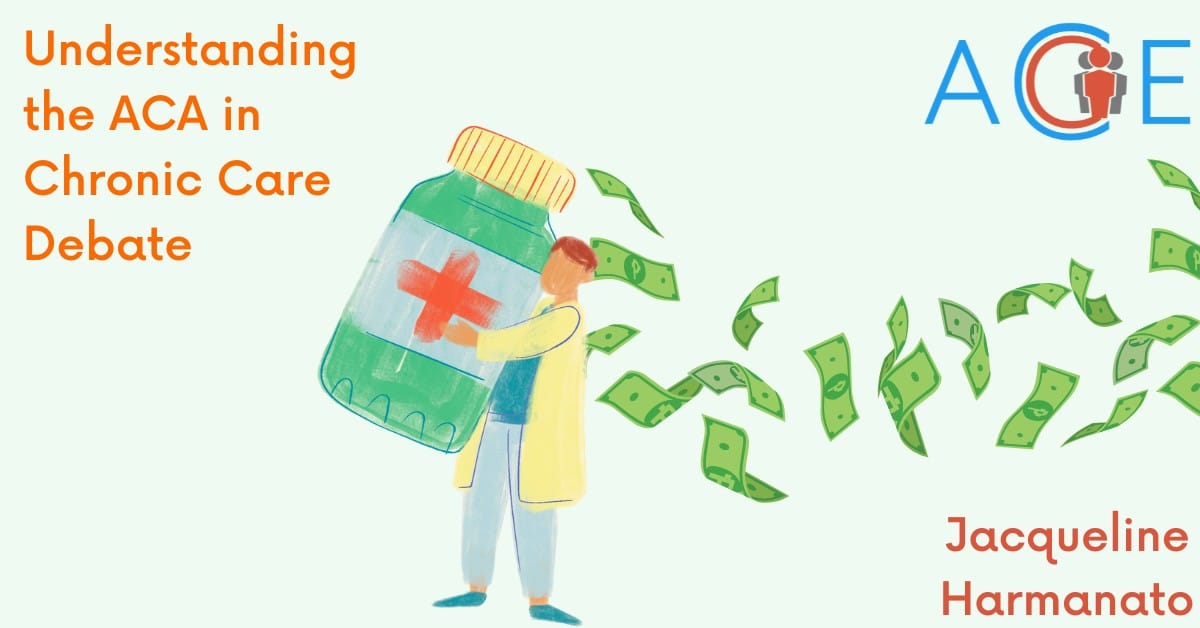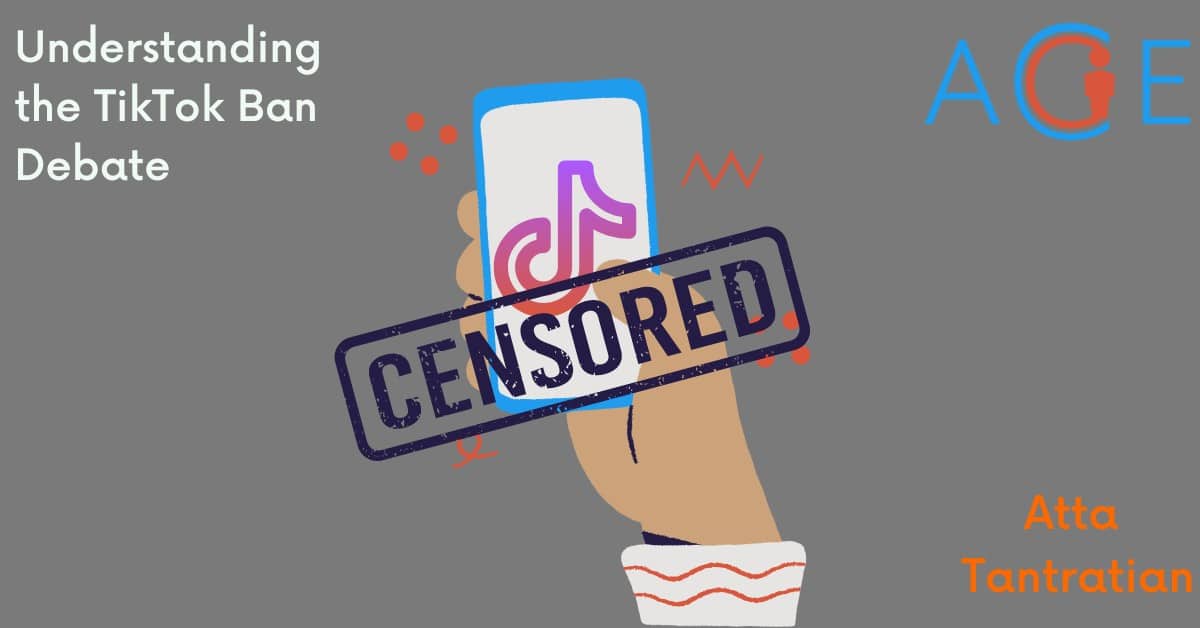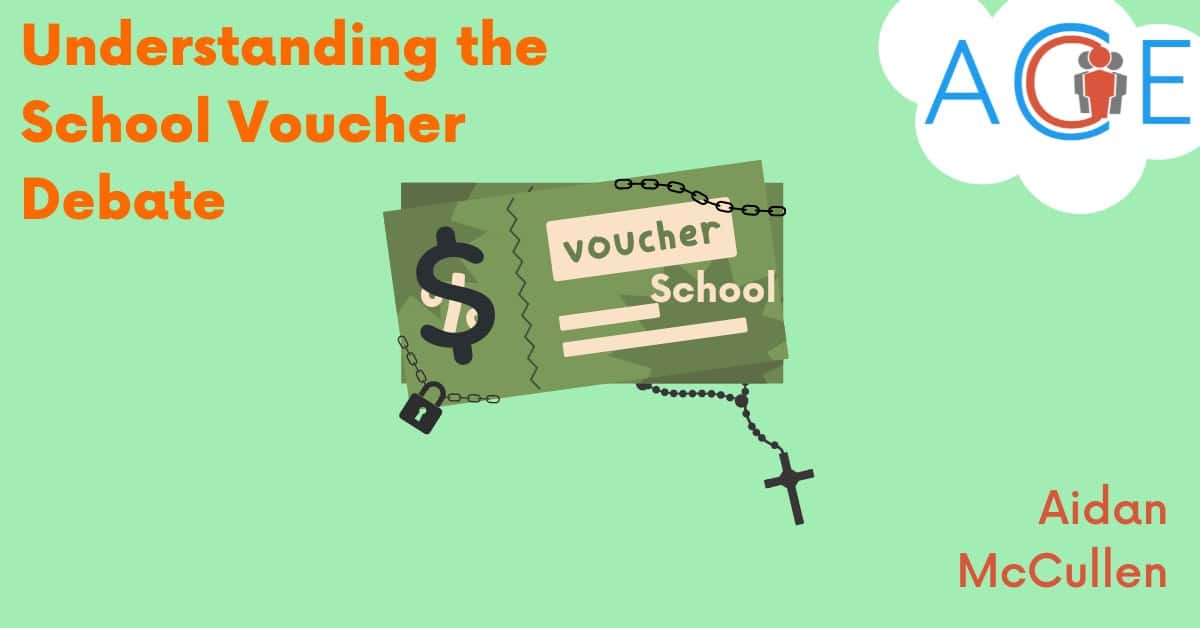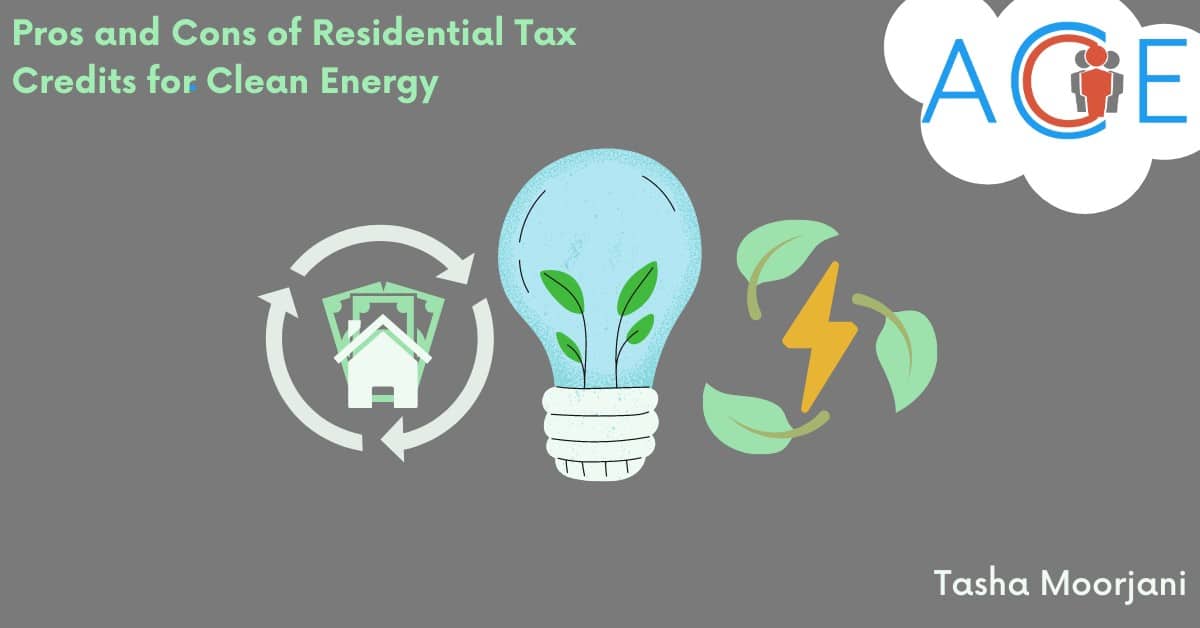Introduction
Right-to-work laws are a set of regulations at the state level in the United States that allow workers to choose whether or not they want to pay labor dues as a condition of employment if their workplace is unionized. These laws protect workers’ rights from being obligated to pay dues to a labor union they may not wish to be affiliated with.
The Taft-Hartley Act in 1947 allowed states to enact their first right-to-work laws. The Taft-Hartley Act amended the pro-union National Labor Relations Act (NLRA), allowing individual states to adopt right-to-work laws. Currently, 26 states have right-to-work laws prohibiting union enrollment as a necessary condition for employment, with the majority of these laws passed in the 1940s and 50s. Recently, however, Michigan became the first state in over 50 years to abolish its right-to-work statute.
Arguments in favor of Right-to-Work Laws
Advocates for right-to-work laws provide a wide range of reasons for their support, including political freedom and economic advantages. There are three main, broad points in support of the right-to-work movement:
- Freedom in the workplace
- Promotion of more effective unions
- Economic growth and greater job creation
Since RTW laws prohibit employers from making union enrollment mandatory as a condition of employment, proponents argue these laws protect workers’ freedom in the workplace. Advocates argue that these laws allow workers to opt out of unions without fear of job loss or retaliation, especially if they disagree with the union’s political affiliations. An important example is the Janus v. AFSCME Supreme Court case, which was decided in 2018. This case revolved around Mark Janus, a public sector worker obligated to pay dues to the American Federation of State, County, and Municipal Employees (AFSCME) union. He contended that having to pay these fees to a union he did not politically support was a violation of his First Amendment rights. Ultimately, in a 5-4 decision, the Supreme Court ruled in favor of Janus.
Proponents argue examples like these prove why right-to-work laws are necessary to protect workers’ rights. Many advocate for a federal law enforcing a national right-to-work policy. Recently, Senator Rand Paul reintroduced the National Right-to-Work Act, which would protect all workers’ rights to refrain from joining or paying dues to a union. The proposed law seeks to eliminate the provision allowing employers to terminate employees who refuse to pay union fees. Currently, this law has only been introduced in the Senate.
Proponents argue these laws actually benefit unions. When workers have the choice to join a union or not, unions are encouraged to become more efficient and effective in demonstrating their value to attract members. Advocates claim that increased competition can result in better unions and improved individual well-being. Proponents argue these laws are necessary to prohibit unions from abusing their power and keep unions accountable and effective.
Finally, proponents argue that right-to-work laws promote economic growth. Proponents argue states with right-to-work laws are more attractive for companies by reducing union power and creating a more attractive, business-friendly environment. Creating a business-friendly environment can attract new companies and lead to improved job growth. Proponents argue a better business environment encourages increased population growth, leading to higher employment and labor force participation. Advocates argue that a good example is the manufacturing industry, where right-to-work laws are linked to a 20% increase in employment.
Lastly, advocates argue unions hinder economic growth by limiting job creation and growth. While unions can increase wages for their members, they can also cause employers to face higher labor costs. This could limit the number of workers they can hire, leading to greater unemployment. Advocates of right-to-work laws argue that they limit unions and their power, resulting in a better economic environment for both the employer and employee.
Arguments against right-to-work laws
Critics of right-to-work laws raise three main arguments:
- Weakens unions
- Decrease wages and benefits
- Compromise safety in the workforce
Critics of right-to-work laws claim that these laws diminish unions’ financial strength and bargaining influence, negatively impacting workers. Since right-to-work laws let workers benefit from unions without paying membership, opponents argue this creates an unfair free-riding effect on unions. Opponents also argue that right-to-work laws infringe on the fundamental human right to unionize and collectively bargain. Unions are stronger with more active members; otherwise, their effectiveness is compromised. Unionization rates in the US have been declining since the implementation of RTW laws, and opponents argue declining unions coincide with a 40% rise in inequality, hurting middle-class Americans the most. To combat the declining union rate, politicians like Senator Warren and Representative Sherman are advocating for the PRO Act. This legislation aims to protect the ability of workers to collectively bargain by banning right-to-work laws.
Those who oppose the implementation of RTW laws claim that they result in weakened unions, which in turn leads to reduced wages and benefits for workers. Unions are intended to increase wages and benefits for their workers, resulting in union members earning about 18% more than non-union workers. Right-to-work states, however, have 3.1% lower wages than non-RTW states. Opponents argue that this leads to greater income inequality in the long run. Moreover, weaker unions can create an unjust power imbalance between employers and employees, concentrating more authority in the hands of corporations.
Lastly, they argue RTW laws are also associated with less worker protection in the workplace. Unions are associated with increased bargaining power for workers to obtain higher earnings as well as increasing and improving working conditions. Union worksites are 19% less likely to have an OSHA violation. Furthermore, RTW states have a 54% higher fatality rate in the workforce and have less access to healthcare benefits. Opponents argue with weaker unions, workers have limited avenues for addressing safety concerns and grievances, hurting workers.
The right-to-work debate is a complicated issue that raises important questions about finding the fine line between individual freedom in the workplace and the importance of collective bargaining. Advocates argue these laws protect individual freedom in the workplace, promote effective unions, and bring economic growth. On the other hand, critics argue that right-to-work laws limit and undermine unions, decrease wages and benefits and compromise safety in the workplace. In the end, striking a balance between individual rights and safeguarding the collective rights of workers remains a tough task for policymakers. This serves as a reminder of the intricate nature of economic and global issues.
